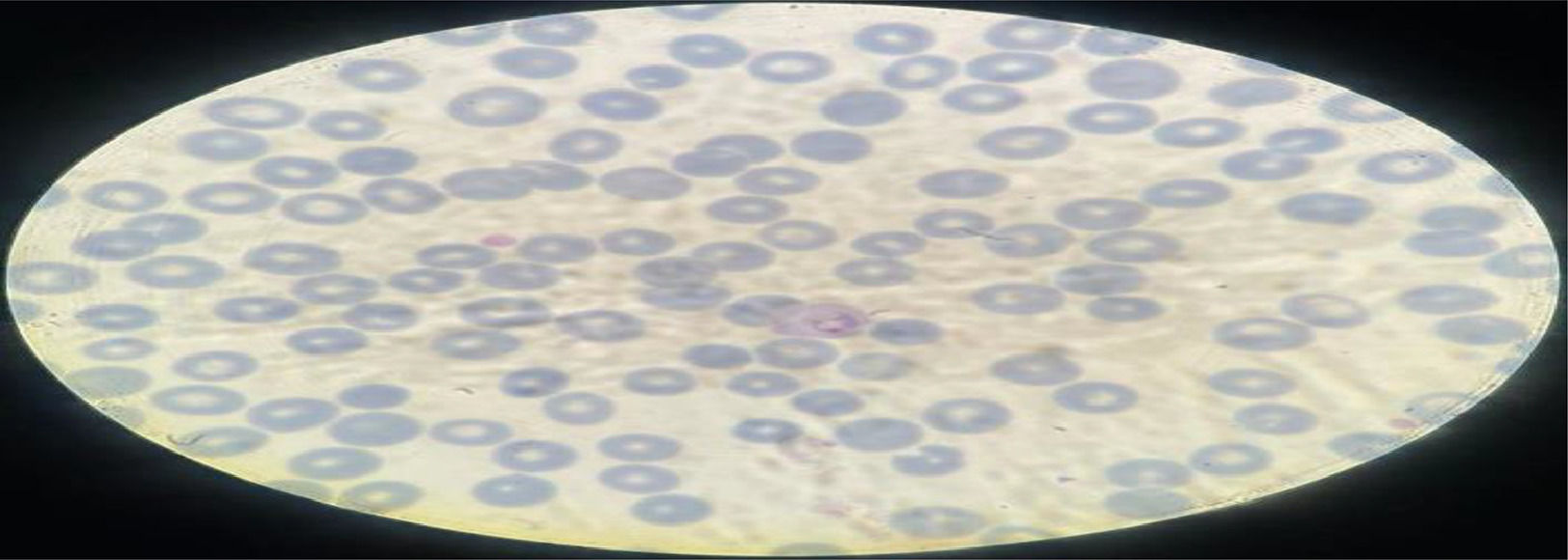
This case report details the diagnosis, treatment, and management of a rare case of severe malaria in a 57-year-old male with a significant travel history, having returned from Sudan where he worked as a textile master for three years. Despite initial improvement after standard malaria treatment 1.5 years prior in Sudan, the patient presented with high fever, chills, shivering, weakness, and loss of appetite in October 2023. Laboratory findings indicated an infection, and an abdominal ultrasound revealed hepatic steatosis and splenomegaly. A peripheral smear confirmed the presence of Plasmodium vivax. Given the severity of the patient's condition, characterized by hypotension and the risk of complications due to his background of diabetes, hypertension, and cardiovascular disease, he was treated with a combination of standard antimalarial therapy (artemether, lumefantrine, and primaquine) and erythrocyte exchange apheresis. This multidisciplinary approach led to significant improvement in his health. This case underscores the importance of considering travel history in the differential diagnosis and highlights the efficacy of combining erythrocyte exchange apheresis with standard antimalarial therapy in managing severe cases of malaria, which is particularly rare in non-endemic regions.








